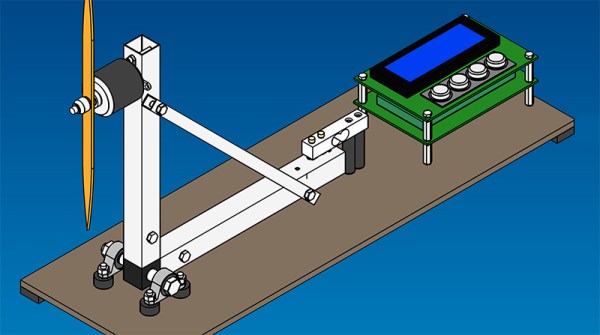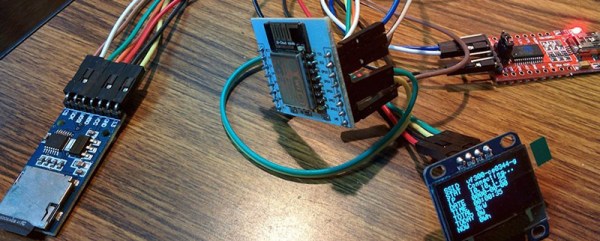With a welder and a bunch of scrap, you can build just about anything that moves. Want a dune buggy? That’s just some tube and a pipe bender. Need a water pump? You might need a grinder. A small tractor? Just find some big knobby tires in a junkyard. Of course, the one thing left out of all these builds is a small motor, preferably one that can run on everything from kerosene to used cooking oil. This is the problem [Shane] is tackling for his entry to the 2016 Hackaday Prize. It’s an Open Source Two-Stroke Diesel Engine that’s easy for anyone to build and has minimal moving parts.
[Shane]’s engine is based on the Junkers Jumo 205 motor, a highly successful aircraft engine first produced in the early 1930s and continued production through World War II. This is a weird engine, with two opposed pistons in one cylinder that come very close to slamming together. It’s a great design for aircraft engines due to it’s lightweight construction. And the simplicity of the system lends itself easily to wartime field maintenance.
The Jumo 205 was a monstrous 12-piston, 6-cylinder engine, but for [Shane]’s first attempt, he’s scaling the design down to a 50cc motor with the intent of scaling the design up to 125cc and 250cc. So far, [Shane] has about 30 hours of simple CAD work behind him and a ton of high-level FEA work ahead of him. Then [Shane] will actually need to build a prototype.
This is actually [Shane]’s second entry to the Hackaday Prize with this idea. Last year, he threw his hat into the ring with the same idea, but building a working diesel power plant is a lot of work. Too much for one man-year, certainly, so we can’t wait to see the progress [Shane] makes this year.





















